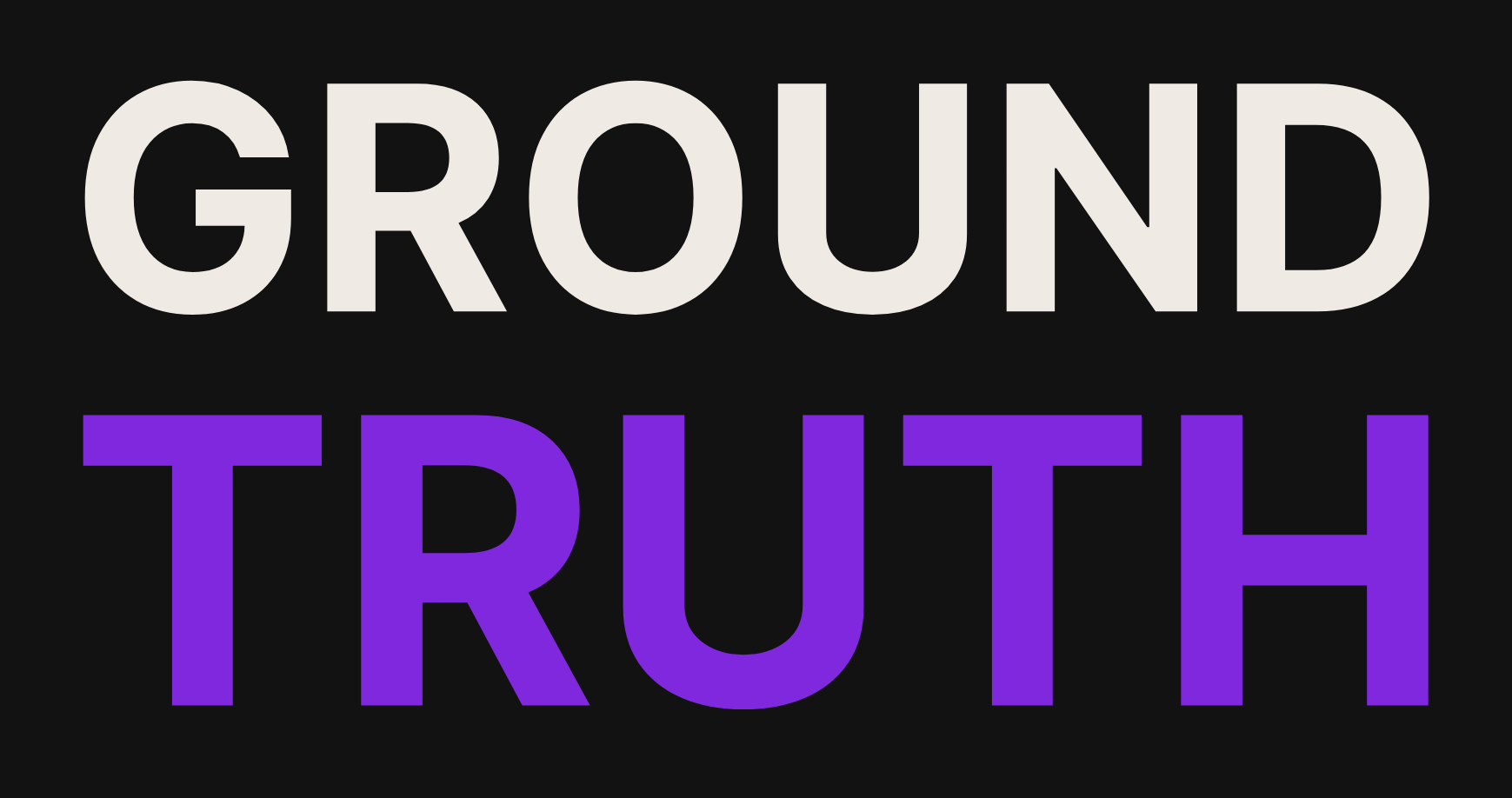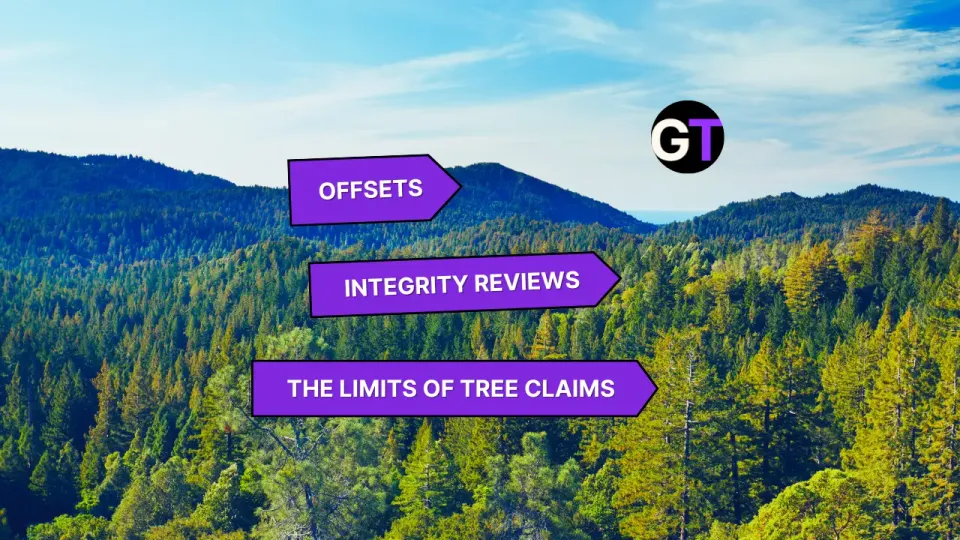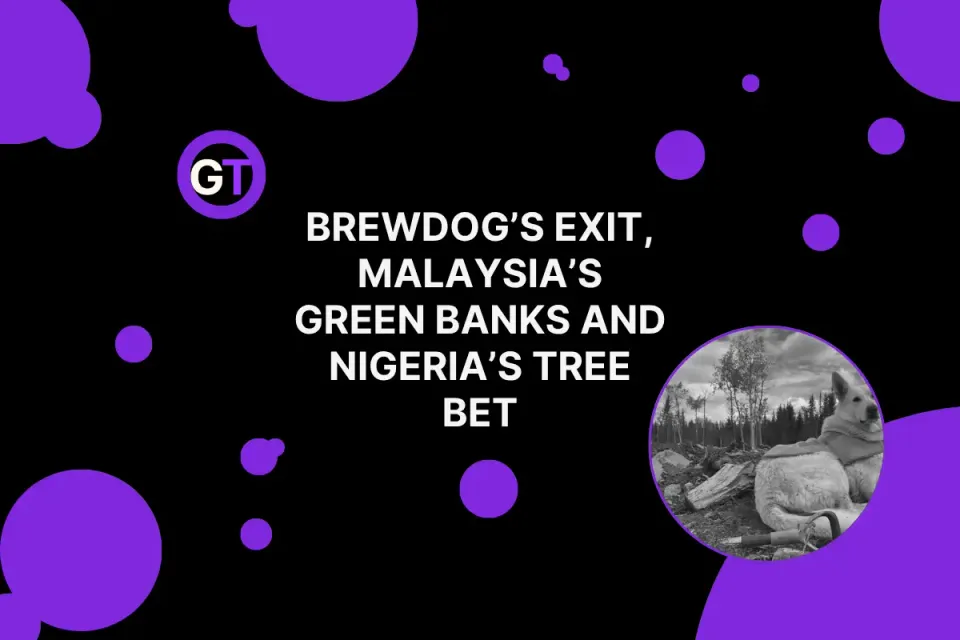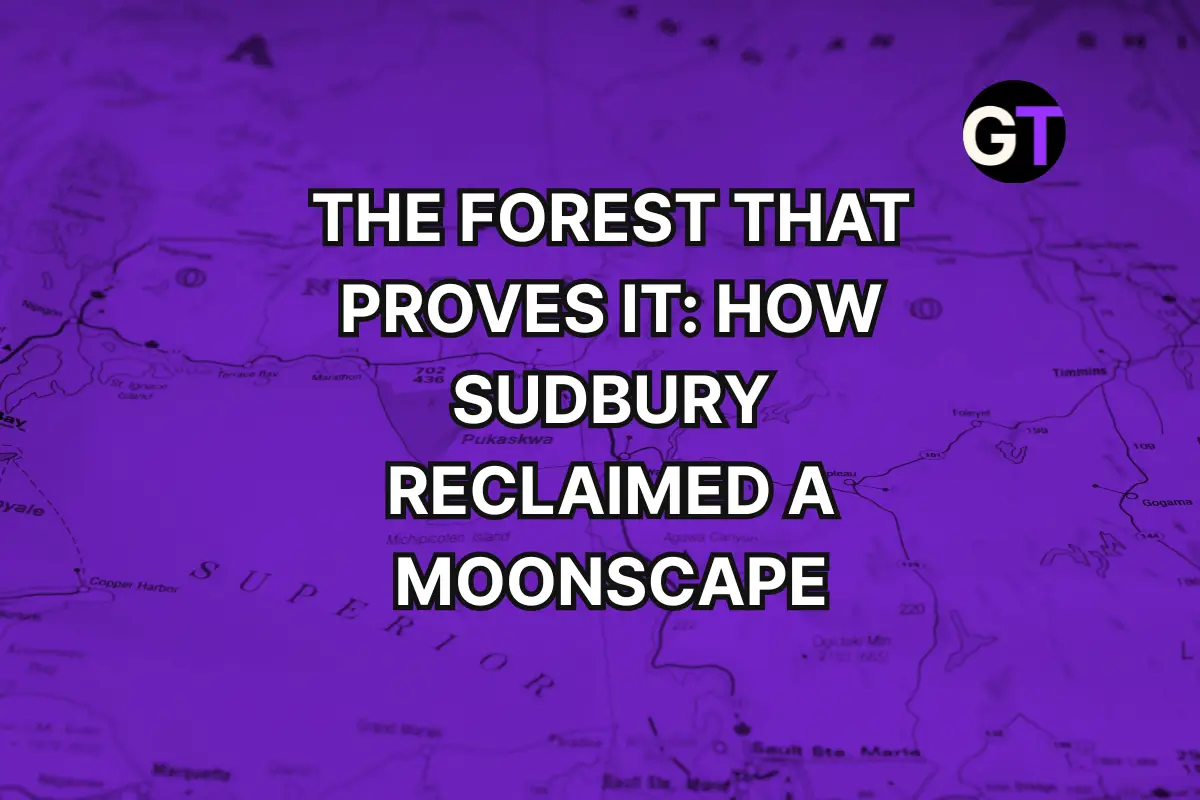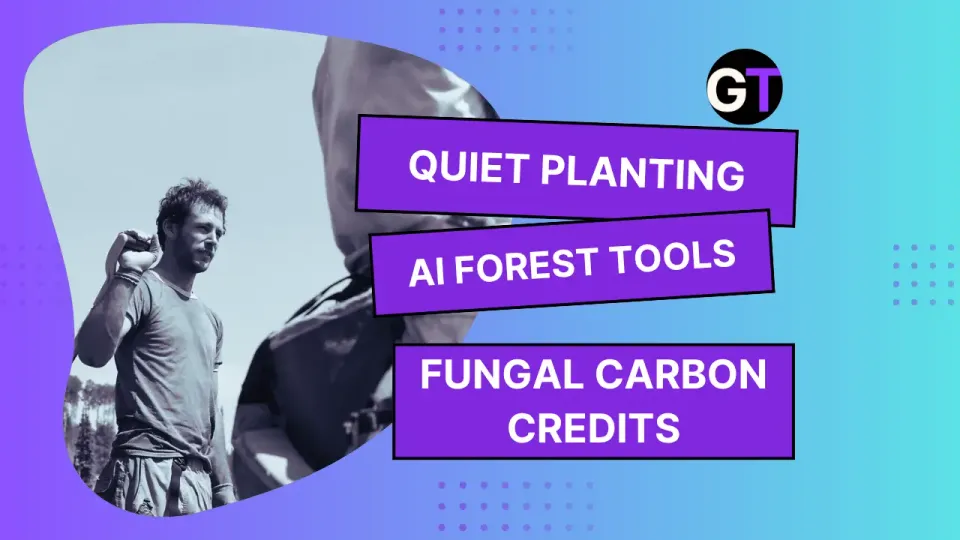Apple’s Carbon Neutral Claims – What the Data Shows
Why has a German court ruled that Apple Watch can’t be considered “carbon neutral”? Here’s an overview of Apple’s Restore Fund projects.
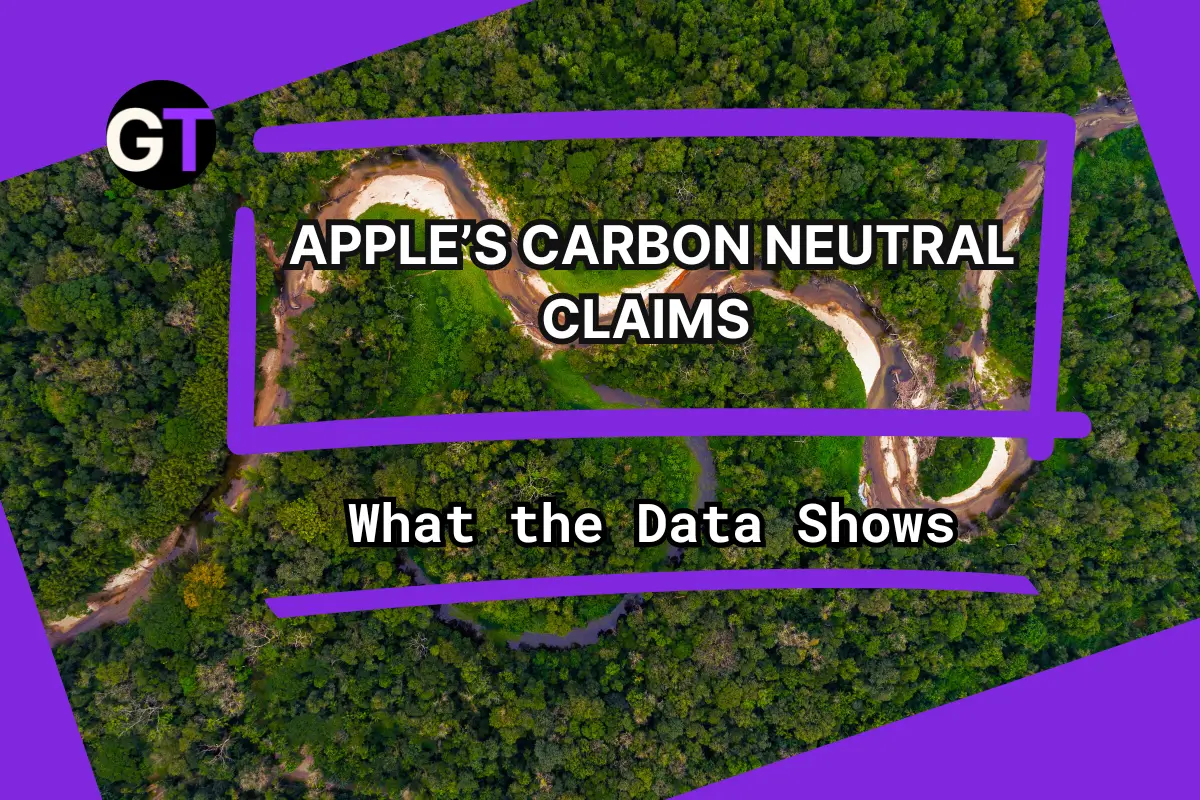
German Court Weighs In
In August 2025, a German court took a closer look at Apple’s claim of a “CO₂ neutral” Apple Watch found the marketing might not tell the whole story. The much-touted net-zero label rests heavily on Apple’s investments in forest restoration projects in South America .
But while the Silicon-valley company presents the product in a climate-friendly light, the court concluded that consumers might reasonably assume those carbon benefits extend all the way to 2050. And according to the new ruling, that assumption might not hold up. Carbon accounting, meet courtroom scrutiny.
The Restore Fund: How It Works
At the centre of the controversy is the Restore Fund, Apple’s $200 million bet on nature-based carbon removal. Apple created this portfolio to support forestry projects that generate ex-post carbon credits—i.e. credits that are issued only after CO₂ has been removed from the atmosphere. These projects are vetted against established standards, including Verra’s Verified Carbon Standard (VCS).
So far, Apple has disclosed three key projects, all of which can be found in Verra's registry:
- Symbiosis Continuous Cover Forest Project (Brazil) – Verra VCS ID 2369
- Forestal Apepu (Paraguay) – currently under public comment with Verra
- Forestal San Pedro (Paraguay) – a grouped reforestation effort
Combined, these projects aim to restore 150,000 acres, protect another 100,000, and remove up to 1 million tonnes of CO₂ per year once fully operational. That’s the topline promise—but as always, the real story’s in the data, the project details, and how those numbers hold up over time.
By the Numbers: Comparing Paraguay and Brazil’s Forestry Models
Paraguay:
- Forestal Apepu spans 1,855 hectares of eucalyptus, planted at 800–1,000 trees per hectare. These hybrids are harvested every 10–13 years, with native species included mainly to satisfy legal reserve rules.
- Forestal San Pedro scales that model up: 6,270 hectares of eucalyptus plantations, blended with silvopastoral systems (trees plus cattle). By 2021, it had planted or conserved 3.3 million trees. It carries FSC certification, but at heart this is industrial forestry designed for volume.
Brazil:
- Symbiosis takes the opposite tack: 160 native species, no clear-cutting, and 40% of the land preserved as mixed forest. Seeds come from 60+ mother trees per species to preserve genetic diversity. The project has planted 800 hectares so far, backed by a 40-year crediting period.
The contrast is clear. Paraguay’s projects focus on scale and efficiency, while Brazil’s lean toward biodiversity and long-term cover. It would be a mistake to treat them as interchangeable—the approaches are different, the trade-offs real, and credibility depends on how well each delivers over time.
The Lease Question
The German court ruling zeroed in on a specific sticking point: the 2029 lease expiration for Forestal Apepu. Critics, including Deutsche Umwelthilfe, argued that such short-term land tenure could undercut the “permanence” required for a carbon offset to actually count. After all, storing CO₂ only works if the carbon doesn’t get evicted in five years.
Apple contends that Restore Fund projects are designed to meet Verra’s long-term standards, regardless of individual lease terms. The company emphasizes that permanence is backed not just by contracts, but by third-party rules and risk mitigation frameworks.
Verra’s Evolving Standards
Verra—the registry behind Apple’s carbon credits—has been tightening its standards in response to mounting scrutiny. Since January 2024, any new land-based project must:
- Store carbon for 40 years, minimum. No more short-term commitments.
- Contribute more to buffer pools, the insurance fund for fires, pests, and other unexpected shocks.
- Submit adaptive management plans, in case things go sideways.
- Use Verra’s revamped risk tool, which adjusts buffer contributions based on how risky the project is.
The message? “Trust us” isn’t enough anymore. Projects need hard data, backup plans, and a real strategy for making carbon storage last.
Verra still dominates the carbon market—but the big question remains: will these rules actually keep that CO₂ out of the sky for decades, or just delay the inevitable?
Final Thought: Reading the Carbon Fine Print
Here’s the real takeaway: this isn’t about declaring all offsets good or bad. It’s about understanding the mechanics behind the metrics. Each project comes with its own context, trade-offs, and assumptions. Both have roles to play—but only if the rules are clear, the claims are transparent, and the data is publicly accessible.
So, kudos to Verra for putting the details out in the open. Without access to those details, there’s no way to evaluate whether these solutions hold up. And that matters, because the ultimate auditors of climate action aren’t just regulators or standards bodies—they’re us, the public.
The lesson is clear: don’t settle for the label. Read the fine print. Follow the numbers. Ask the awkward questions. Because credibility in carbon isn’t built on buzzwords—it’s built on transparency, accountability, and receipts.
Sources
Apple Inc. (2023). Carbon removal strategy white paper
Apple Inc. (2024, October). Mac mini environmental report
Apple Newsroom. (2024, March 21). Apple’s Restore Fund cultivates new roots in the Atlantic Forest
Arbaro Advisors. (2020). Forestal San Pedro: Environmental and social impact assessment information package [PDF].
Arbaro Advisors. (2024). Forestal Apepu: Environmental and social impact assessment information package [PDF].
Global Forest Coalition. (2021). Arbaro Fund in Paraguay: A case study
Initiative 20x20. Symbiosis Investimentos
MacRumors. (2025, August 26). German court rules Apple’s carbon-neutral watch claims misleading
Respira International. (2021). Forestal San Pedro
Verra. (2024, January 1). Reminder: New VCS program rules and requirements related to AFOLU non-permanence risk tool effective January 1, 2024
Verra. (2024, July 17). Verra releases updated AFOLU non-permanence risk tool
Verra. (2024, July 18). AFOLU buffer account compensation for reversals
Verra. (2025, March 10). Forestal Apepu Carbon Project – Public Comment
Verra Registry. (2023, August 22). Symbiosis continuous cover forest project (VCS/2369)
Verra Registry. Afforestation in cooperation with local landowners for Forestal San Pedro S.A. (VCS/2361)
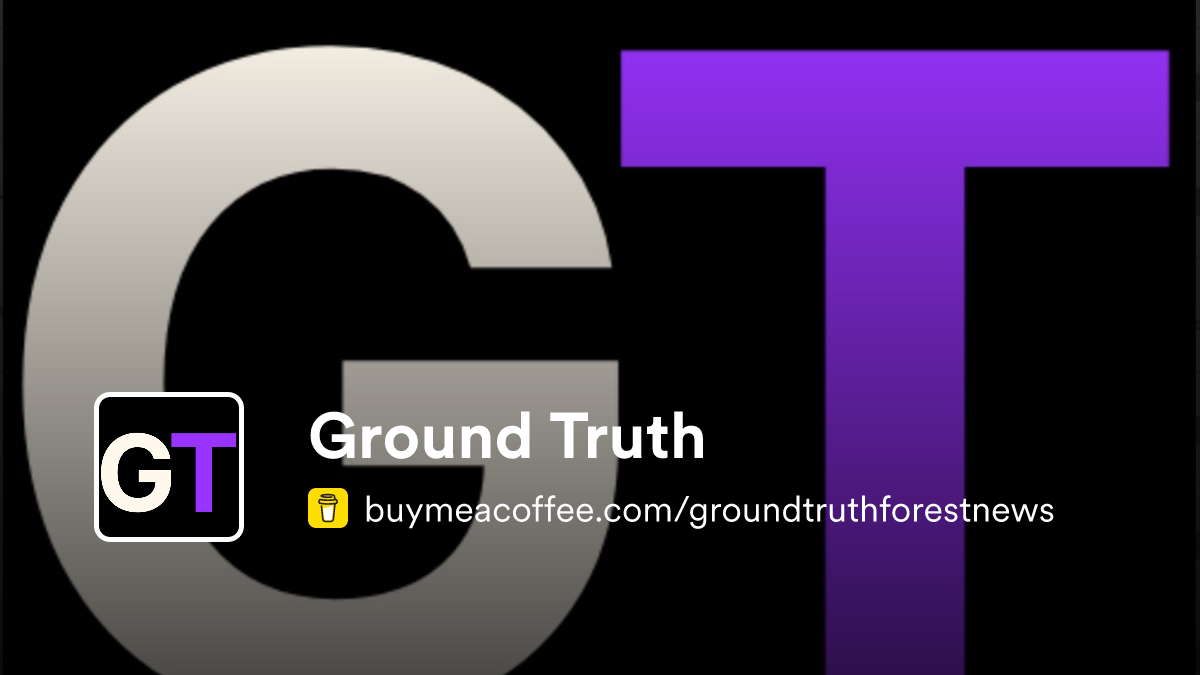
Edited by Chris Harris

This work is licensed under a
Creative Commons Attribution 4.0 International License.
